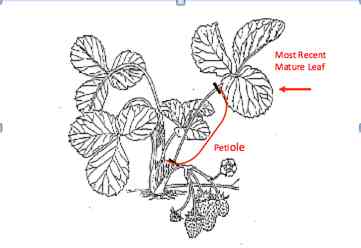What is a small grain? We use this term loosely when we generally mean a cereal grain such as oats, wheat, triticale, barley or rye or even rice although here we don't mean rice!
Small grains are typically planted in the fall as temperatures begin to cool and we start to get fall moisture. In this area we do plant small grains to actually harvest the seed but overall livestock raisers plant thousands of acres of small grains simply for cattle to graze in the winter and spring.
Planting Small Grains for Grazing
 |
| Triticale Variety |
If you are strictly interested in grazing high quality small grains for your cattle herd or stockers or bred heifers, then here are a few guidelines:
- We plant early as in NOW, in order to get these plants growing so we can begin grazing early fall and through the winter if possible.
- Generally people don't worry about spending extra money on a named or numbered variety, they simply choose a bulk variety. What small grain type to plant? Well some people have their favorites but overall they all do well if planted properly. In general either a triticale which is a wheat-rye cross or just rye is planted on very sandy soils because they just do better than oats or wheat on sand. Oats are highly digestible and cattle do well on them, but they can winter freeze. So you have lots of choices!
- How much seed do you plant? Again people do have their preferences but to encourage fall grazing we plant more than if you just want to harvest grain. So plant at least a bushel and more likely 2-3 bushels per acre. For oats that means 3 bushels or 96 lbs per acre and wheat at 2 bushels or 120 lbs per acre or anything in-between.
- Small grains do like nitrogen and phosphorus. Nitrogen can be applied before and after planting but phosphorus does need to be applied to the soil before planting. We get no response to phosphorus after planting. How much? A soil test sure helps to know but without it then a lot of growers use 100#’s of 18-46-0 per acre along with 100#’s of 34-0-0 in the fall followed by another 200#’s of 34-0-0 in January or early February.
- Lastly if you plant early then watch out for armyworms and greenbugs. You might have to spray or at least have the cattle ready to graze to keep them under control.


